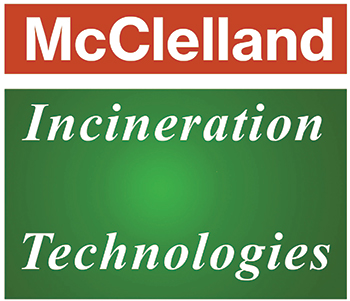For decades, waste incineration has been subject to considerable debate, often shadowed by misconceptions stemming from older technologies. Images of smoky, uncontrolled stacks linger in public memory, fostering concerns about environmental pollution. However, the reality of modern incineration, particularly advanced Waste-to-Energy (WtE) facilities, is vastly different. It’s time to debunk…
The healthcare sector, vital for public well-being, generates a complex and often hazardous array of waste. From used syringes and contaminated dressings to pathological tissues and expired pharmaceuticals, medical waste carries inherent risks of infection, injury, and environmental pollution if not managed with utmost care. Among the various disposal methods,…
In an era demanding sustainable solutions, the concept of “zero-emission” might seem contradictory when paired with “incinerator.” However, modern engineering has transformed waste-to-energy (WtE) facilities into highly sophisticated systems that minimize environmental impact while efficiently managing waste and generating energy. This blog post delves into the meticulous engineering precision that…
At the heart of every high-temperature incinerator lies a crucial, yet often overlooked, component: the refractory lining. Far more than just an internal shell, this specialized material is the unsung hero that enables the incinerator to withstand extreme temperatures, aggressive chemical environments, and abrasive forces inherent in waste combustion. For…
Introduction In the realm of waste management, proposed incinerator projects often raise concerns among local communities. From fears about air pollution to worries about property values, residents and stakeholders may have valid questions regarding these facilities. Addressing concerns and fostering open dialogue is essential for building trust and transparency around…
Introduction In today’s industrial landscape, especially in the petrochemical sector, the efficient management of waste and emissions is of paramount importance. Among the critical tools enabling this balance is the MEG Plant Incinerator — a vital component in the sustainability strategy of modern petrochemical facilities. In this article, we explore…

